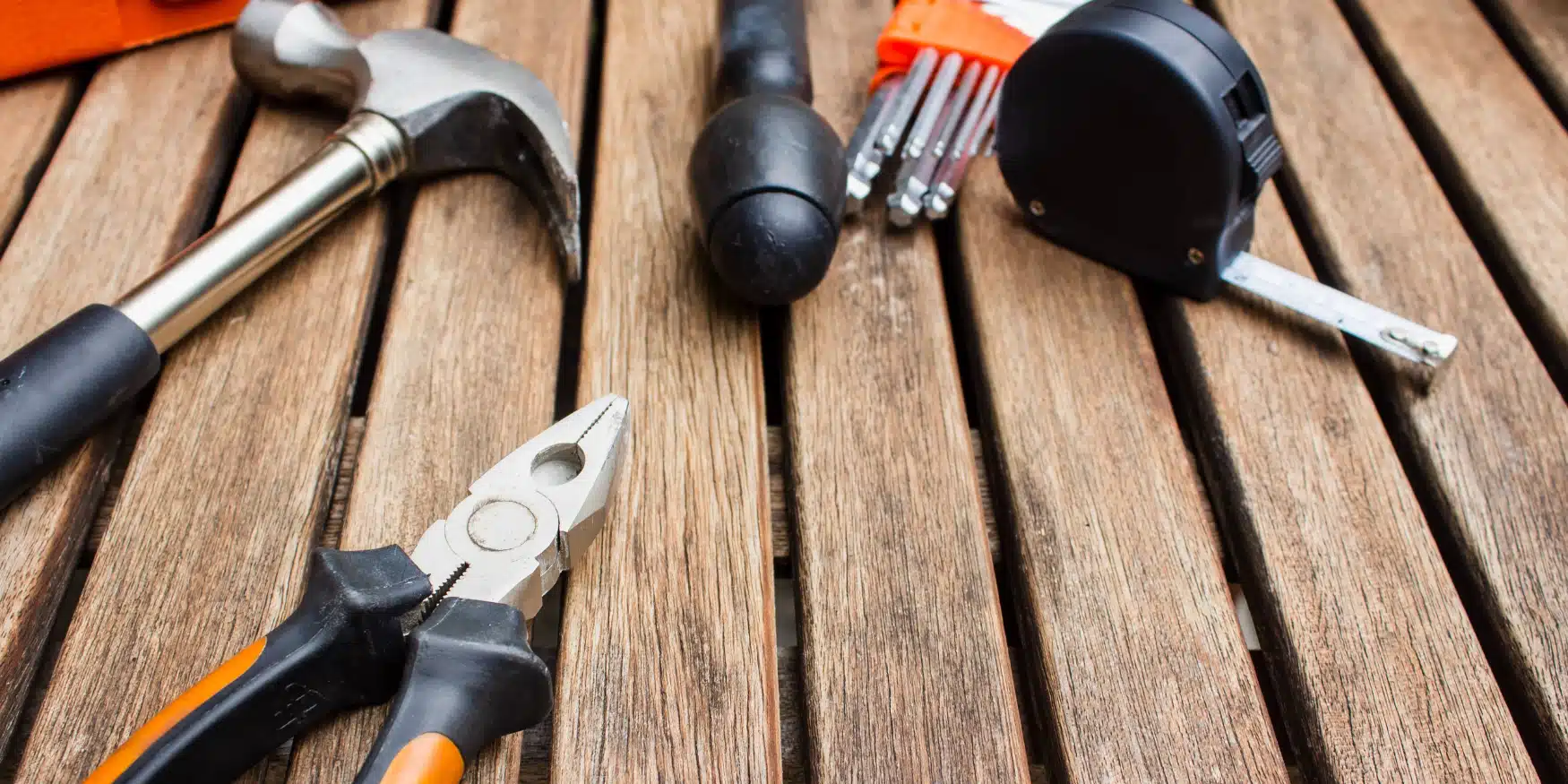
Cash flow can ebb and flow for trades and services businesses. Here are 7 practical things you can do now to nail your cash flow and keep your finances healthy.
Let’s start with a familiar story…
Mark the plumber is stoked at how plump his bank account is looking. He’s had a busy month, his team has ticked off a record number of jobs, and the invoices are coming in fast.
He thinks it’s time to hire another plumber and he reckons it’s time to put a deposit on the new van he’s had his eye on for months.
The next month rolls around and suddenly Mark’s bank balance isn’t looking so healthy.
He’s waiting on a couple of big invoices to be paid. Then there’s the $20,000 tax bill the accountant has just handed him. There’s also another tradie’s salary to factor in and the first payment on the new van is right around the corner.
It’s a common scenario for many tradies.
One minute you’re on top of everything.
The next, you’re juggling money between different accounts trying to get salaries, rent on the workshop, and everything else paid on time.
You’re left thinking… wait, how did I get here?
Cashflow is the lifeblood of any trades business. Without a steady flow of money coming in, there’s not going to be enough to pay all your fixed costs at the end of the month.
It sounds so simple, right? Yet poor finances are to blame for an estimated 65% of small business failures in the first five years.*
Take Mark. Even though he might be on track to make a profit at the end of the month, he’s still at risk of going under due to cash flow. He’s got bills to pay now, not in a couple of weeks’ time when he expects those late invoices to come in.
Unless he’s built up a large cash reserve or is able to get a short-term loan, he could be at risk of being another cash flow casualty.
Make 2018 the year you safeguard your business from feeling the ebbs and flows of cash flow. There’s a number of ways you can better get a handle on it.
Here are just a few to start with:
The best way to boost your cash flow is to get paid faster. Send out your invoice the day the job is done and give your customers an easy and instant way to pay.
In fact, invoicing is so vital for a tradie’s cash flow, we’ve put together some tips on how to get it right.
Asking your customer for deposits upfront is a great way to get money in the door. Especially on high-value jobs or jobs that stretch out over weeks or months.
Try charging 10% when your customer accepts your quote, half the remaining amount when the work begins, and the rest on completion – or find what works for your business.
That way you’ll get in enough cash to pay for the materials and staff wages needed to get the job done.
It’s a win for you and also a win for your customers who won’t be lumped with one hefty invoice.
Don’t keep your accountant in the dark when it comes to your overheads.
Make sure you’re recording everything, right down to those seemingly trivial costs like magazine subscriptions. No one likes a bill taking them by surprise at the end of the month.
When you’ve got an accurate record of what needs to be paid you’ll start to get a clearer picture of when you need to have the cash on hand. Most cloud accounting software make it easy to keep track of outgoings and can generate cash flow reports.
You probably don’t need to pay every invoice and bill as soon as it comes in. If you’re struggling with cash flow, prioritize what needs to be paid now and leave the rest for later. Be sure to look at the payment terms to make sure you don’t get stung with late fees.
You could also try to negotiate payment terms with your suppliers so you don’t have to pay for materials for a job until the customer has paid you.
It can be tempting to hire another full-time tradie to help you through a hectic patch. But if you don’t have much work after the next couple of months, then paying that new employee could kill your cash flow. Consider taking on a contractor or part-time employee instead.
The same goes for expensive equipment. Instead of buying that new van, could you lease one to get you through a busy patch?
Cushion your business from cash shortfalls by building up a cash reserve. That way you won’t have to rely on the bank or other lenders if you really do get into trouble.
Building up that reserve is easier said than done. Start by putting aside a little every week. You should also take advantage of every small win, such as picking up materials at a great discount. Stash the money in a separate account for a rainy day.
Make use of the great cash flow forecasting tools available in most cloud accounting software. As long as you’re accurately recording your outgoings, you’ll be able to see your current cash flow position and how you’re faring this month and this financial year, at a glance. A good job management software like Fergus should also help you forecast cashflow so there are no nasty surprises.
Cash flow forecasting is tough, but it’s compounded by not being able to see which jobs you’re performing well on and which ones you aren’t. Click below to download our Profit & Loss Calculator. Just fill in the fields and see how you’re performing on any job before, during or after the job, and then check out the analysis.
Fergus’s job management software visual dashboard helps you see your cash flow forecast at a glance. With automated invoicing, and our new secure credit card payment platform, you’ll also make sure you get paid faster than ever before.
Stop drowning in admin & paperwork. Start focusing on the jobs that make you money.



Our 20,000+ trades businesses have slashed their admin, are getting paid faster, and are finally enjoying their weekends again.




No lock-in contracts.
Free setup & support.
